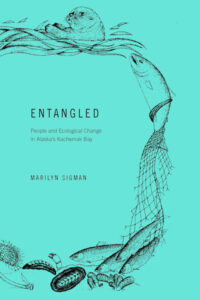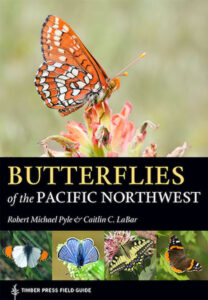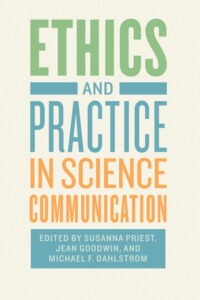Lepidopterists rejoice! Seabrooke Leckie has proclaimed tidings of great entomological joy on her Facebook and Twitter profiles: she has signed a contract to create a Peterson Field Guide to Moths of WESTERN North America.

Lepidopterists rejoice! Seabrooke Leckie has proclaimed tidings of great entomological joy on her Facebook and Twitter profiles: she has signed a contract to create a Peterson Field Guide to Moths of WESTERN North America.

The moment I drew the copy of Marilyn Sigman’s new “Entangled; People and Ecological Change in Alaska’s Kachemak Bay” from it’s University of Chicago Press envelope, I had a bit of a flashback. As a young man, my father and I made the annual summer journey with so many of the other north Oregon coast commercial fisherman to work in the salmon fishery in Bristol Bay – a mere hundred miles and change to the west of Kachemak.

For many years, Robert Michael Pyle’s “The Butterflies of Cascadia” has been my go-to reference guide for any non-moth lepidopteran seen in my beloved Pacific Northwest. However as this book is now out of print with even used copies selling for double its original cover price – and unread ones classifiable as “new” well over $100.00 – I can’t very well recommend it to those seeking a guidebook to the area’s species.

When it comes right down to it, science communication is a modern development in the ancient art of rhetoric. However as rhetoric is, at its heart, interested in how an audience may be convinced of a writer’s or speaker’s argument, the question eventually must be asked as to what ethical considerations must be taken into account when communicating scientific information to an audience.